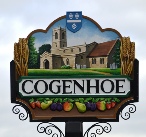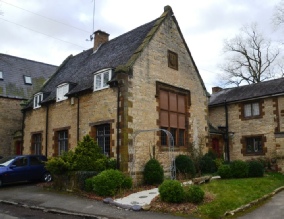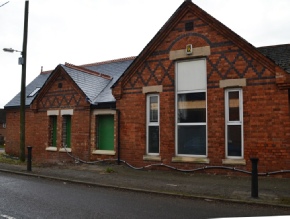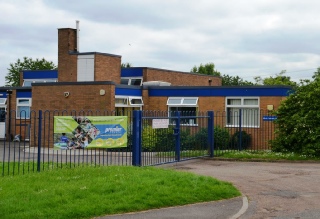


The village of Cogenhoe (pronounced Cook-know) overlooks the valley of the River Nene and is some five miles (8 km) east of the county town, Northampton. Cogenhoe is situated on high ground overlooking the Nene Valley, and has grown into a large village with varied amenities including football, cricket and bowls clubs. The population was estimated at 1,312 in the 2010 census.
People are believed to have lived at Cogenhoe for at least 4,000 years, one of the early settlements lying to the east of the village. Later on the Celts lived here. In the Roman period, a corn-drying kiln was built in the centre of the village and a villa estate developed out of an Iron Age settlement.
The Saxons lived to the west of St Peter's Church and it was they who would have built its predecessor, probably from timber. After the Norman Conquest, the village was moved on to the steep slope where it remained until development took place along Church Street, probably in the 16th or 17th centuries. Station Road (the main road running through the village) began to evolve with the construction of houses built from bricks made in the Cogenhoe brickyard in the 19th century.
More recently (in the 60s), acres of orchards and open fields were replaced by housing; these estates are now known as Orchard Way, Glebe Road and St Peters Way.
From the mid-19th to the mid-20th centuries the village became dominated by the manufacture of boots and shoes. During the 1950s, the major employer was a local coach firm, York brothers, now sadly closed. Cogenhoe is now largely a commuter village with most people working in Northampton or further afield due to its road links with the A45 and M1 motorway.
Cogenhoe






Here we see the National School run by the Church of England from 1843 to 1896, the Council School and the present Primary School which opened in 1971.
| Map |
| Plaque 1 |
| Plaque 2 |
| Plaque 3 |
| Plaque 4 |
| Plaque 5 |
| Plaque 6 |
| Plaque 7 |
| Plaque 8 |
| Plaque 9 |
| Plaque 10 |
| Plaque 11 |
| Plaque 12 |
| Plaque 13 |
| Plaque 14 |
| Plaque 15 |
| Plaque 16 |
| Plaque 17 |
| Our Heritage Matters |
| Cogenhoe's Fallen Heroes |
| A Century of Change |
| A Tale of Two Villages |